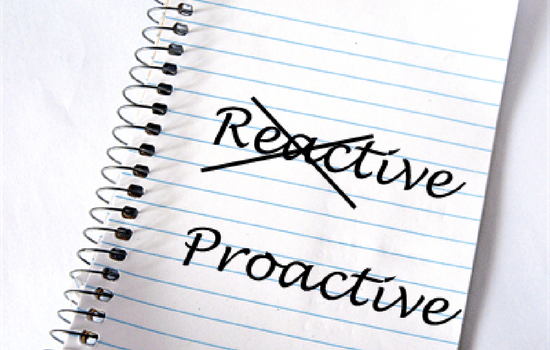5S – A Place for Everything and Everything in its Place
Originally published on August 1, 2017
Updated on December 17th, 2024
What is your first impression of this picture? Do you think this has any impact on a person’s productivity?
5S is a methodology that guides organizations to create and maintain an organized, clean and safe work environment as a foundation for achieving Lean and continuous improvement. It represents 5 disciplines for maintaining a visual workplace:
Sort – Step 1, get rid of clutter. Applying 5S to an office environment would include removing files and papers that have no use in the near future, often things you sort through on a daily basis wasting time doing so in the process. By getting rid of these unused items, you can free up space, reduce the number of obstacles you have to walk around, and find other more important items needed on a daily basis much more quickly.
Straighten – This is about keeping things in their rightful place. Tools are put where there are needed. Ergonomics are taken into account, such that commonly used items are stored within easy reach, reducing the need for bending, stretching and excessive walking. All these things can be summed up if you compare a kitchen and typical garage. In a garage, tools, paint cans, and the like are often left around requiring a degree of searching in order to find what you are looking for. Compare that to a kitchen where cutlery is separated out into compartments in drawers and cabinets. Generally a kitchen is much tidier and easier to work in where most people can find the items they need.
Shine – Once the clutter has been disposed of and everything has been given its proper place, this phase of 5S is all about keeping the newly found order. Individuals should be responsible for their own work area, adopting habits for daily 5-10 minute cleaning routines.
Standardize – This phase can be summed up as maintaining routine. Once the workplace has gotten through the first three phases, it is often difficult to keep it up to the new standards you have set for yourself. Don’t underestimate how difficult it will be to maintain your new tidy work area. Even Toyota found that it can take months to instill this mindset into their employees. Surprise “audits” and staff incentives have been incorporated into company cultures to hold all individuals accountable to staying organized.
Sustain – From now on, we are moving into the area of ongoing improvement. All the previous steps of 5S have been about creating and maintaining a clean and organized working environment. This phase is about moving forward, not just maintaining the standards you’ve set for yourselves, but building on those and raising the bar. As with any process, as lessons are learned, make improvements to the 5S effort.
5S implementation leads to improved processes and ultimately:
- Reduced set-up times
- Reduced cycle times
- Increased floor space
- Lower safety incident/accident rate
- Less wasted labor
- Better equipment reliability
And where does that lead? Improved profitability!
Think about how you can use 5S in your workplace and even at home. I guarantee you’ll never look at your desk the same again after reading this blog entry.
About the Authors
Mike Sibley and Katie Davis are passionate about creating thorough and sustainable systems to help organizations become Lean Enterprises. In addition to writing and speaking on Lean Six Sigma, Mike and Katie work directly with an organization’s members to evaluate an existing process and identify solutions that eliminate waste, as well as build efficiency and quality into the process. Mike and Katie have applied these approaches for manufacturing, construction, professional services, and governmental entities.
Other Posts You Might Like
